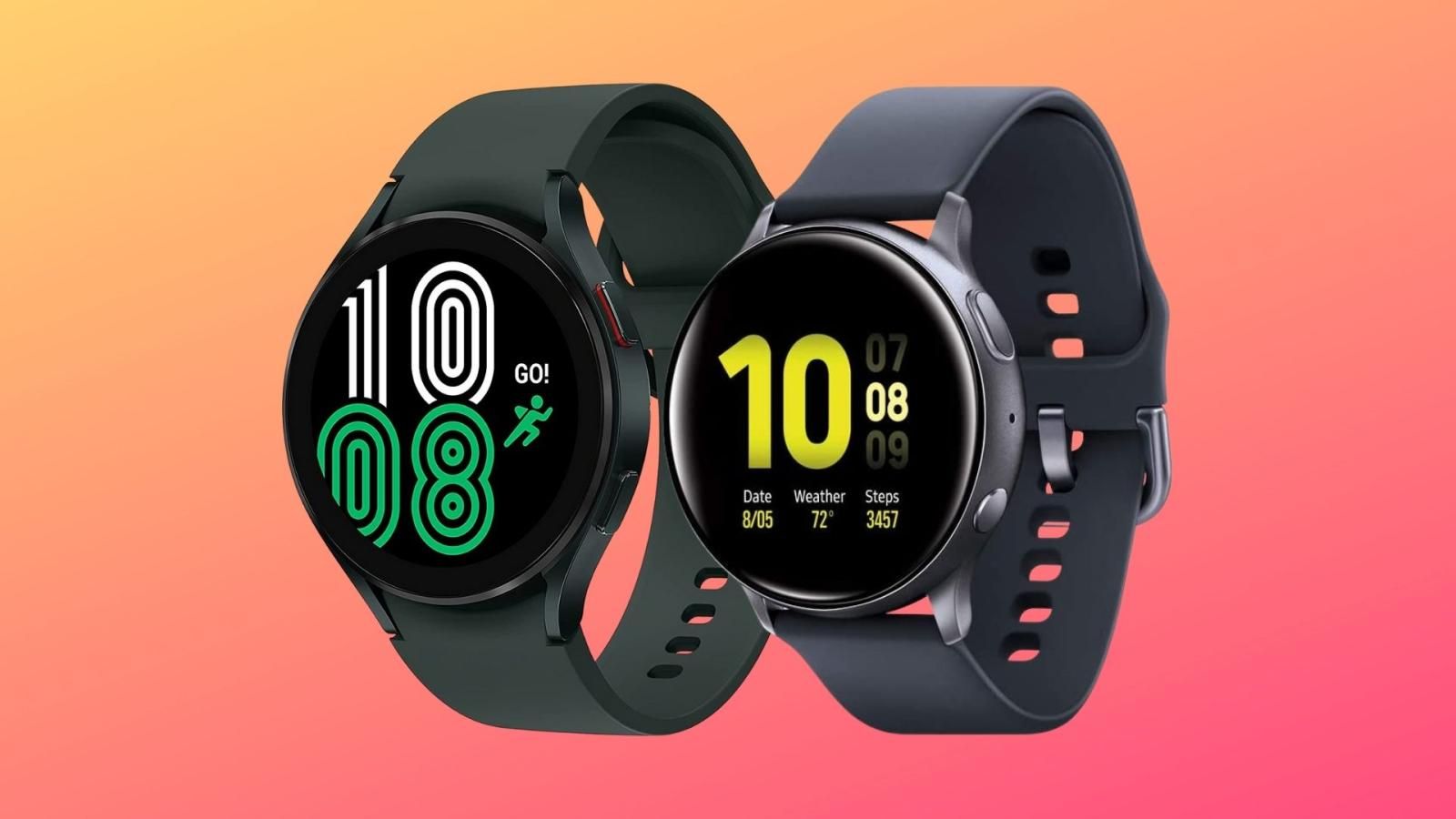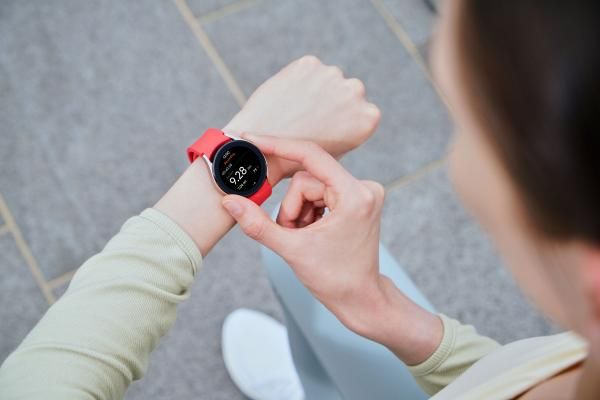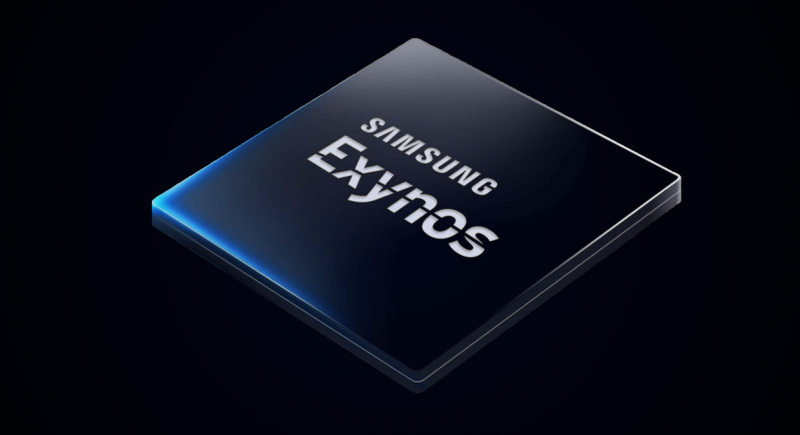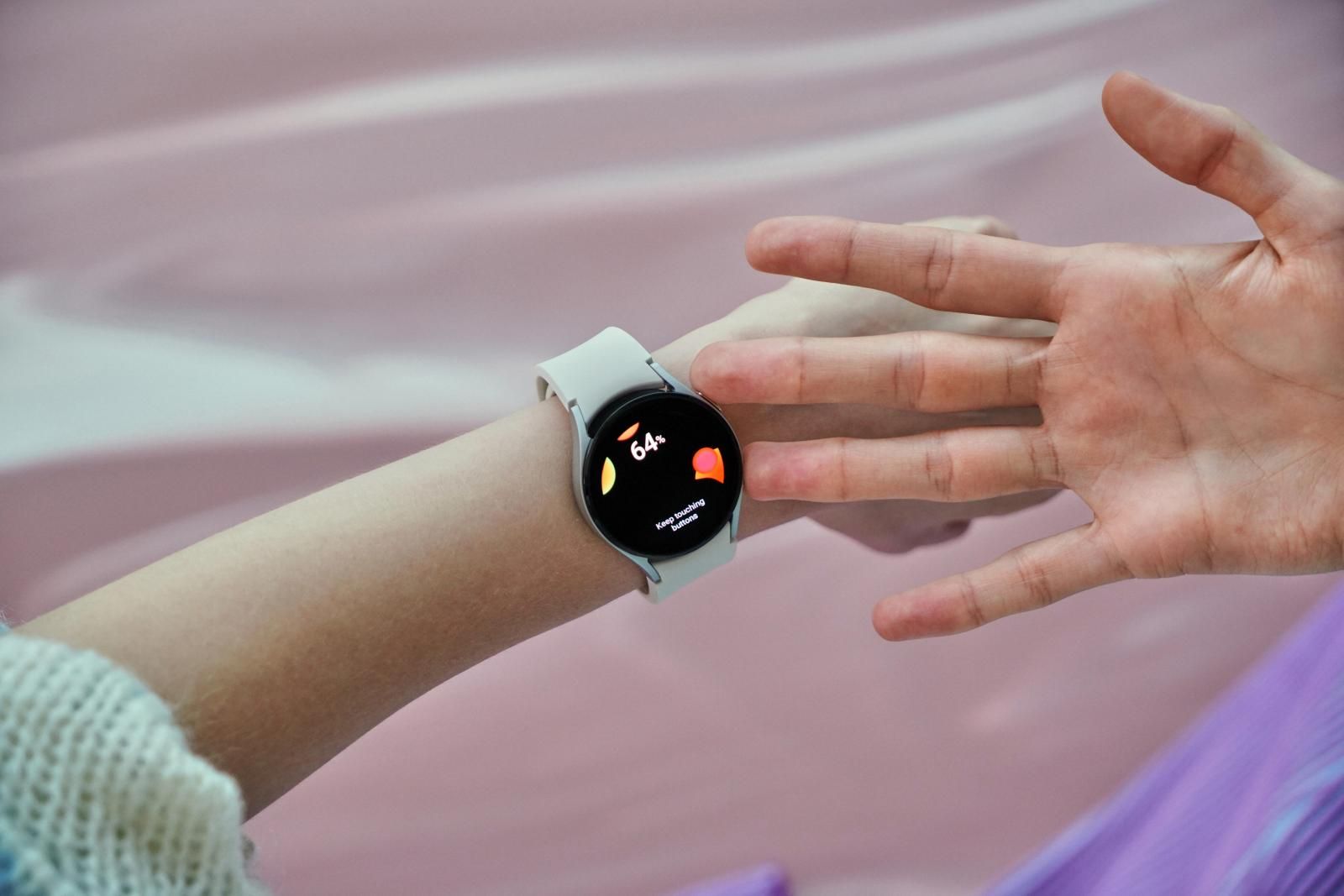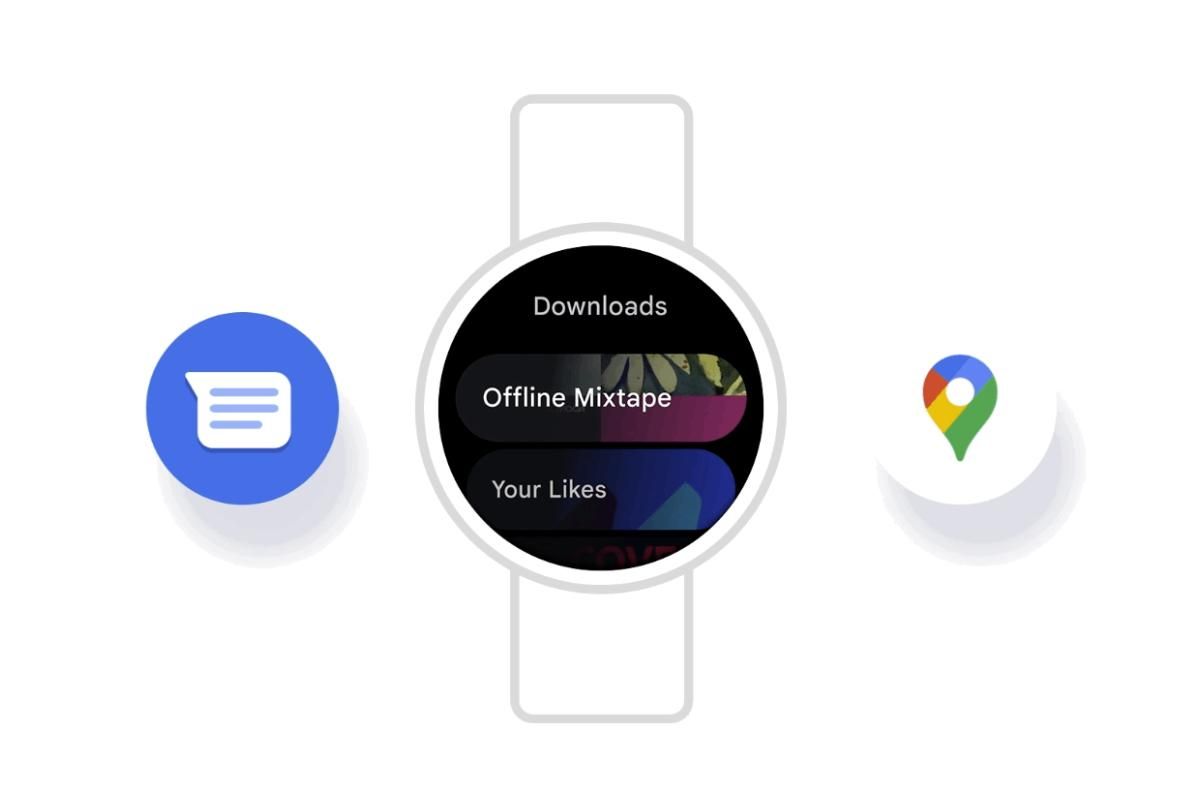The Galaxy Watch 4 is a culmination of the partnership between Google and Samsung -- at least on the software end -- giving us a wearable for Android Phones, which we can compare with the Apple Watch. But how do the changes made to Galaxy Watch 4 compare against the feature set of its spiritual predecessor Galaxy Watch Active 2, and is there enough change to warrant an upgrade? Read this article to find out.
Specifications
|
Categories |
Galaxy Watch 4 |
Galaxy Watch Active 2 |
|---|---|---|
|
Materials |
Aluminum only |
Aluminum or Stainless Steel |
|
Dimensions |
40mm: 40.4 x 39.3 x 9.8mm |
40mm: 40 x 40 x 10.9mm |
|
Weight |
40mm: 25.9g |
40mm: 26g (Aluminum), 37g (Stainless Steel) |
|
Display |
40mm: 1.19″ (396×396) |
40mm: 1.2″ (360×360) |
|
Processor |
Exynos W920 |
Exynos 9110 |
|
Memory |
1.5GB RAM & 16GB ROM |
768MB (Bluetooth) or 1.5GB (LTE) RAM & 4GB ROM |
|
Battery |
40mm: 247mAh |
40mm: 247mAh |
|
Sensors |
Accelerometer, Barometer, Gyro, Geomagnetic Sensor, Ambient Light Sensor, Samsung BioActive Sensor (Optical Heart Rate Sensor + Electrical heart sensor + Bioelectrical Impedance Analysis Sensor) |
Accelerometer, Gyro, Barometer, Heart Rate Monitor, Ambient Light Sensor |
|
Price |
Starts at $249.99 |
Starts at $269.99 |
Design
When you look at Galaxy Watch 4 and Active 2, the first noticeable difference is the change in design that Samsung has implemented. The Samsung Galaxy Watch Active 2 features a display with 2.5D curved glass and rounded edges. On the other hand, Galaxy Watch 4 is a massive departure from this and encloses a flat display within its chassis, which now has flat sides. But what Samsung has not changed between generations is the black capacitive bezel which serves as an input mechanism.
Rotating components have proven themselves as outstanding interactive points for smartwatches, and we're glad it's still here.
Each model is available in either 40mm or 44mm case sizes. Although when it comes to case material, Samsung has dropped the Stainless Steel casing for Watch 4 and is sticking to only Aluminum. If you want the heavier metal, you will need to upgrade to Galaxy Watch 4 Classic.
Amongst other changes, the buttons have also seen a redesign with Watch 4 featuring two symmetrically placed oblong switches. The Galaxy Watch Active 2 featured one circular and one oblong clicker. Also, the implementation of a new health-tracking system -- enabled by the BioActive Sensor -- has also seen Watch 4 become a whole mm thinner than Active 2.
We feel the design of the Galaxy Watch 4 is a step up from its predecessor, and the push for symmetry is welcome.
But regardless of the design changes, both watches maintain the same protection ratings -- 5ATM+ IP68 and MIL-STD-810G.
Processor, ROM, & RAM
Source: Samsung Exynos
The next change in Galaxy Watch 4 is the 5nm Exynos W920, which promises faster rendering, snappier UI navigation, and background processing, ensuring data is quickly accessible. But this wasn't something the previous generation struggled with while in use. Although, the added internal storage and RAM will play a bigger role in improving your experience.
Samsung is packaging 1.5GB of RAM and 16GB of onboard storage with the new SoC on Galaxy Watch 4. While on the older Galaxy Watch Active 2, you will have access to 768MB or 1.5GB of RAM if you buy a model with Bluetooth or LTE, respectively. But both versions come with a paltry 4GB of storage.
Here, the Galaxy Watch 4 holds a clear advantage that will be far more apparent in day-to-day use. Especially if you plan on making it your running buddy while you leave your phone behind at home.
Note: If you're wondering about how these days will hold up through a day, the Galaxy Watch 4 is rated to last up to 40 hours on a single charge, while the Active 2 has a claimed 2-day battery life.
Health-based Features
Speaking of health-based functionality, Galaxy Watch 4 and Watch Active 2 share quite a few features. This list includes the ability to monitor blood pressure, record ECGs, provide irregular heart rate notifications, and track workouts.
But the newer model does have an advantage because it is better equipped to track sleep. And its new Body Impedance Analysis feature -- built into the BioActive Sensor -- allows it to provide metrics related to body composition, which includes basal metabolic rate, skeletal muscle, body water, and body fat percentage.
Software
And finally, we're going to focus on the software used on these smartwatches -- a point of contention for current owners.
The switch to WearOS came as a sudden departure from Samsung's push for Tizen and the growth of its ecosystem. But there's no denying that WearOS 3 is the better choice for most because of the window it opens to third-party applications. Google Maps on a smartwatch is a convenience that I wouldn't ever give up.
If you're worried about familiarity, the way you move around the OS has remained quite similar, and Samsung's design take is easily visible in OneUI Watch.
So, we say the shift to this platform only has positives, unless you are an iPhone owner or use a device without Google Mobile Services.
Also keep in mind, while these devices will function well with Android options having Samsung's devices will provide you with a better experience. Hence, foldable devices like Samsung's Galaxy Z Flip 3 or Galaxy Z Fold 3, which launched alongside this smartwatch are worth a look if you happen to need a new phone.
Should you get Galaxy Watch 4?
So, if you already own a Galaxy Watch Active 2, is a switch to Galaxy Watch 4 warranted?
Well, if you've always enjoyed being on the bleeding edge of hardware, getting the Watch 4 is an easy choice to make. It features new sensors that can provide a higher level of detail and a new OS that gives access to more applications than ever before. But if you're just looking to keep tabs on your workouts and stay on top of your notifications, we feel the Watch Active 2 is still a viable device to own.
Also, some promised features, like Google Assistant support, are yet to arrive on the newer smartwatch, so while there are some benefits, an immediate upgrade isn't entirely necessary.
-
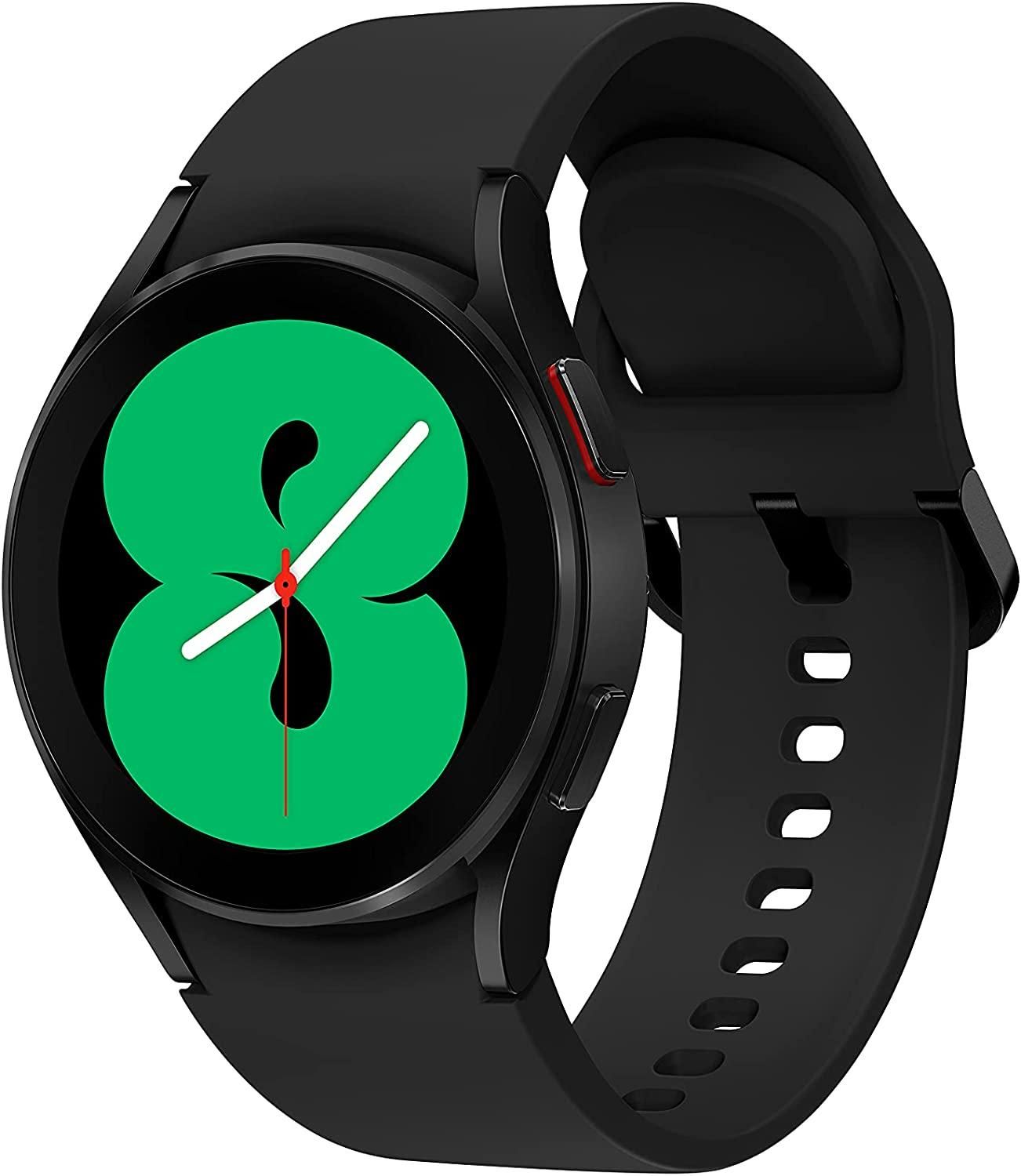
Samsung Galaxy Watch Active 2
A culmination of efforts between Google and Samsung, the Galaxy Watch 4 is the best wearable to own for Android users.
-
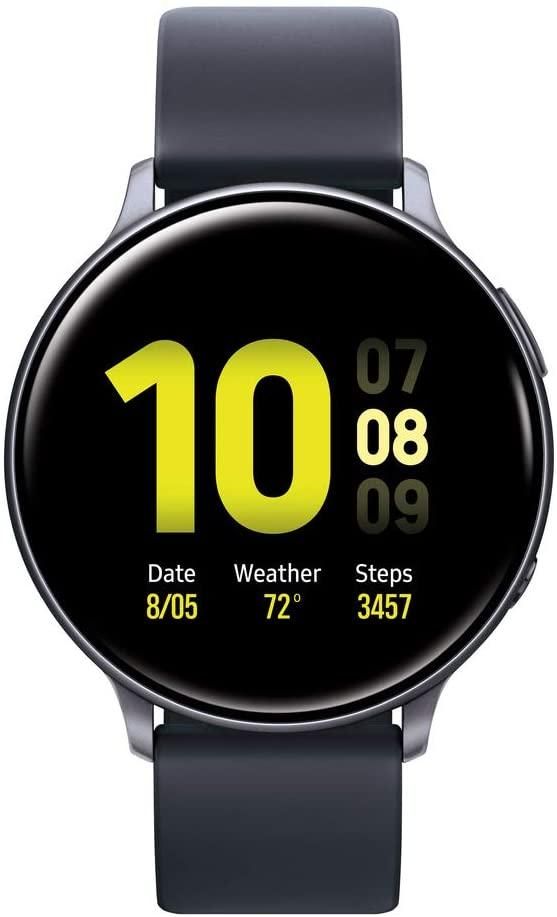
Samsung Galaxy Watch Active 2
The Galaxy Watch Active 2 is an affordable smartwatch perfect for iOS or Android users who are looking for a great looking device that will help them keep a tab on their health.

